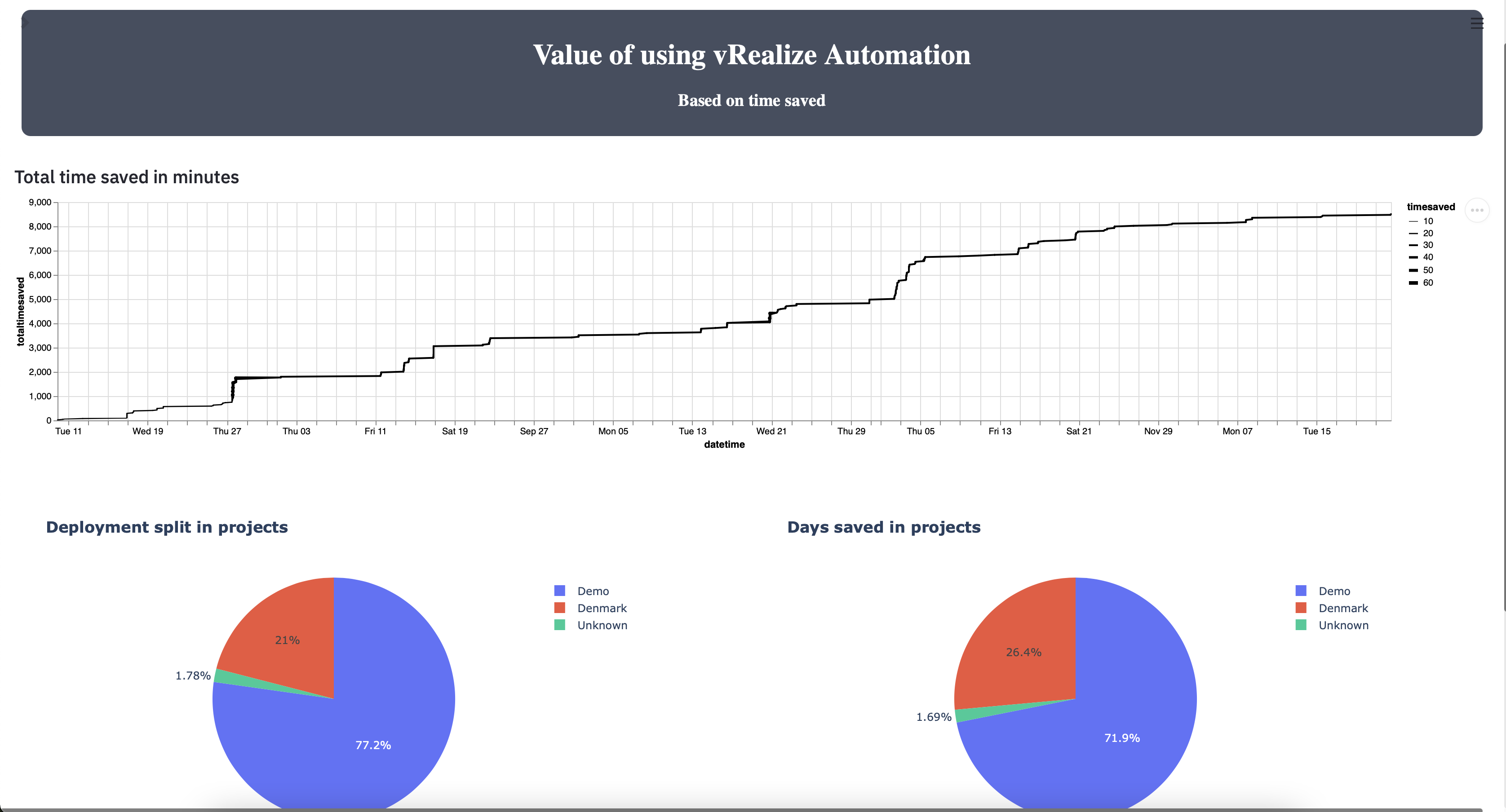
Secure Deployments With Docker, Traefik and Let's Encrypt
During the christmas holliday, I had some time, to look into Traefik reverse proxy.
The reason for me to use Traefik, is due to the automation, it delivers. It can automaticly detect deployments, and present them, and for my demo projects, that is exactly what I need.
Optimal, I would deploy everything to a K8S cluster, but i’m having some problems getting it working with Traefik. So for now, it’s just running on a single docker host. So K8S must be for a later blog post, when I get it working :-)
My configuration is quite simple (when I finalily got it working).
I run everything using docker-compose, so make sure you have both docker installed, as well as docker-compose.
Before running the docker compose, you need to create the docker network maualily.
It’s easy. just run
docker network create web
If you want to use the network name web, as I do in my example.
The Traefik docker compose file, is as below. Note this has been changed, in the latest version of this blog post.
The new file contains all configurations, in the docker-compose file, and does not need, and external file, like the old config. I updated it, after seeing this video, around how to setup FastApi, with Traefik. I higly recomment to take a look at it.
version: '3'
networks:
# Network used to expose Traefik services
web:
external: true
volumes:
# Volume to store certificates
traefik-certificates:
services:
traefik:
container_name: traefik
image: traefik:v2.4.5
networks:
- web
restart: always
ports:
# HTTP
- 80:80
# HTTPS
- 443:443
# Traefik Dashboard
- 8080:8080
volumes:
# Access to Host Docker service
- /var/run/docker.sock:/var/run/docker.sock
# Mount volume to store Certificates
- traefik-certificates:/certificates
# Mapping local conf file to container
- ./file-provider.yml:/file/file-provider.yml
command:
# Enable Dashboard
- "--api.insecure=true"
# Pilot Dashboard token
- "--pilot.token=token"
# Enable Docker provider and set default naming schema
- "--providers.docker.defaultRule=Host(`{{ trimPrefix `/` .Name }}.cmplab.dk`)"
# Do not expose all Docker services by default
- "--providers.docker.exposedbydefault=false"
# Log settings
- "--log.level=INFO"
- "--accesslog.filepath=/etc/traefik/traefik.log"
- "--accesslog.bufferingsize=100"
# Set entrypoints
- "--entrypoints.http.address=:80"
- "--entrypoints.https.address=:443"
# Redirect all trafic to HTTPS
- "--entrypoints.http.http.redirections.entrypoint.to=https"
# Set certresolver for HTTPS
- "--entrypoints.https.http.tls.certresolver=myresolver"
# Set CertResolver
- "--certificatesresolvers.myresolver.acme.email=your@email"
- "--certificatesresolvers.myresolver.acme.storage=/certificates/acme.json"
- "--certificatesresolvers.myresolver.acme.httpchallenge.entrypoint=http"
The external: true is important, since it wont work without it.
The volume, is for storing my Let’s Encrypt certificates.
I also expose port 80 and 443, as described in the traefik.yml
It sets 2 entrypoints to http and https, and setup’s LetEncrypt, to auto generate a certificate, if asked for it.
I also created a docker provider, that auto generates a url, based on containername.cmplab.dk (note i overwerite that, in my label, and set my own name)
I have forwarded port 80 and 443 to my docker host, where the Traefik container is running, so it can handle all Web traffic.
The application container, is where it get’s more interesting.
The application im using is my Value app, config can be found here For testing, I rcommend switching it with a simple Apache or NGINX container.
The docker-compose file is as below :
version: '3.4'
services:
value:
image: value
ports:
- 80
networks:
- web
restart: always
build:
context: .
dockerfile: ./Dockerfile
environment:
- aws_key=${aws_key}
- aws_secret=${aws_secret}
labels:
- "traefik.enable=true"
- "traefik.http.routers.value.rule=Host(`value.cmplab.dk`)"
- "traefik.http.routers.value.entrypoints=websecure"
- "traefik.http.routers.value.tls=true"
- "traefik.http.routers.value.tls.certresolver=myresolver"
- "traefik.http.services.value.loadBalancer.server.port=80"
networks:
web:
external: true
It builds the Dockerfile, from the repo. But the interesting part, is the network, and the labels, in the compose file.
The network, is the same as the Traefik container. As i understand it, that is a requirement, and remember the ecxternal: true, or else it don’t work.
The real config here, is the labels.
- “traefik.enable=true” : Eables the container. You can setup Traefik, to not auto enable new containers (probably a good idea).
- “traefik.http.routers.value.rule=Host(
value.cmplab.dk)” : The external url of the container - “traefik.http.routers.value.entrypoints=websecure” : Set’s it to be websecure (443)
- “traefik.http.routers.value.tls=true” : Enables TLF (I think)
- “traefik.http.routers.value.tls.certresolver=myresolver” : Selects the resolver, I use to get my LetsEncrypt certificate
- “traefik.http.services.value.loadBalancer.server.port=80” : Selects the port the container, uses (default to the first port in the compose file, if not specified)
For LetEncrypt to work, it must be able to resolve the domain name, you specify, to the public ip. My DNS setup is
A cmplab.dk public ip
CNAME * cmplab.dk
That makes sure, the domain can be resolved, and also enables me to use whatever subdomain automaticly.
The result from the docker-compose file above, can be seen here https://value.cmplab.dk as a secure website.

When using the configuration above, it’s simple for me, to spin up a container, and dynmic deploy a new webservice, with a valid, secure certificate. Also I can presentm any container, using a subdomain, in a secure manner, without opening additional ports.
Hope you enjoyed, and found it usefull.
Photo by Danielle MacInnes on Unsplash